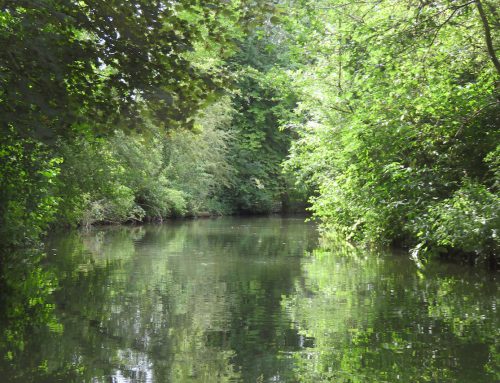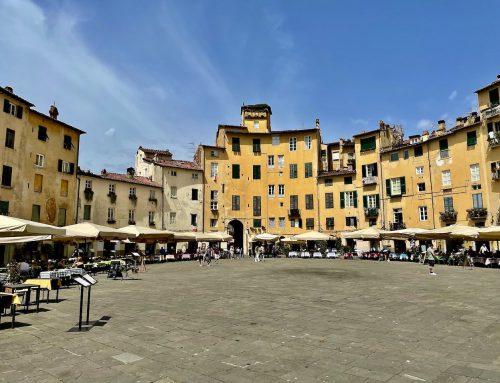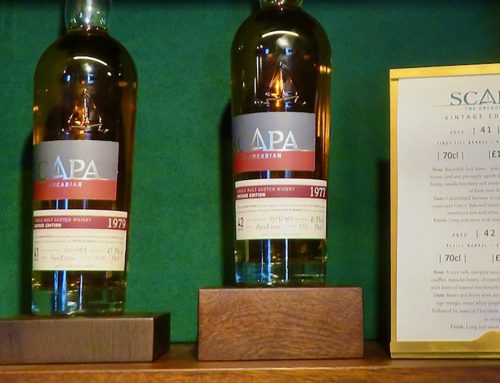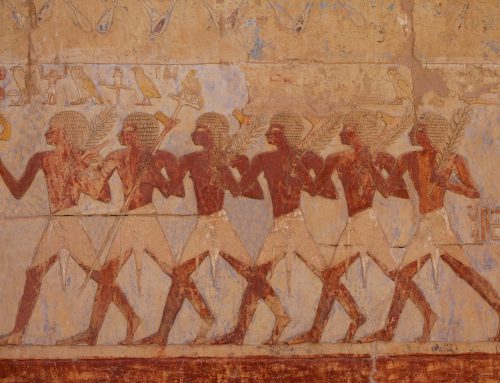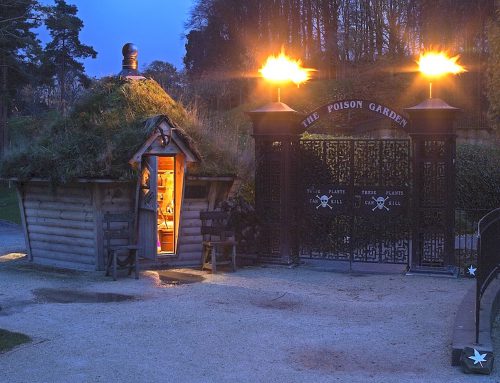Bricks and barricades
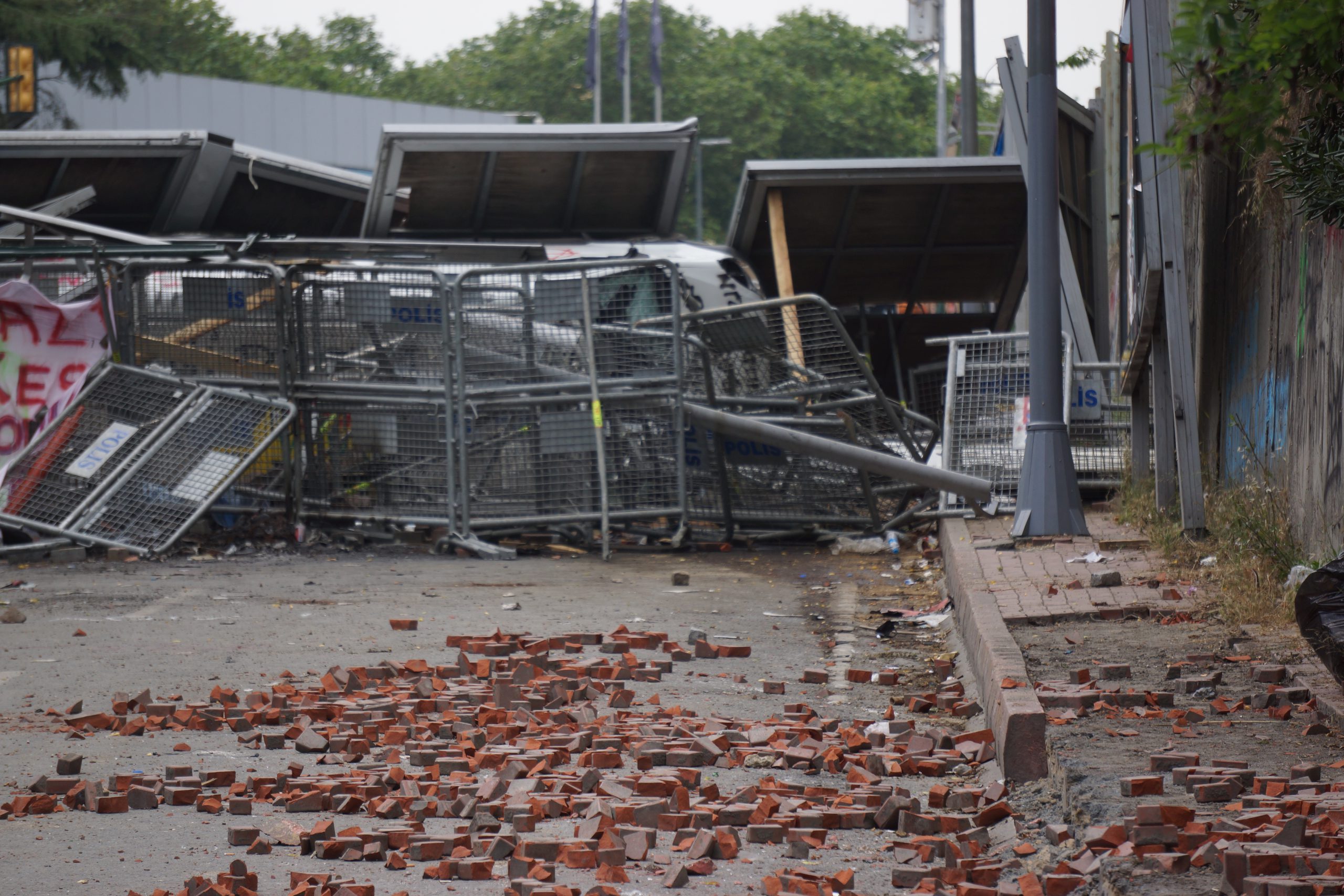
Bricks and barricades - tools of the modern-day rioter

Bricks and barricades - tools of the modern-day rioter
Istanbul, Turkey
I knew there was trouble when I smelt the burning rubber, the smoke billowing from the darkened, half derelict room. This was Taksim Square in June 2013, the heart of Istanbul, and once a popular resting place to escape the organised yet crazy chaos of the ancient city of Constantinople. Someone had set tyres alight, but within seconds I saw the young masked man extinguish the flames with a properly handled extinguisher.
The starting point was a collection of sycamore trees that the government threatened to fell to make room for the rebuilding of a military barracks and to house a shopping and residential complex. The response was a peaceful sit-in, followed by a police assault with tear gas, pepper spray and water cannons. This led to a standoff while both sides decided what to do.
Yet Taksim had long been a place of protest. There was the Bloody Sunday of 1969 that injured 150, the Taksim Square massacre of 1977 when 36 died, the football riots of 2000 that ended with two fatal stabbings and then the suicide bomb by a Kurdish terrorist in 2010. Taksim was not just a place of comfort, it was where folk came to make their point. Thanks to social media, the Taksim effect had been acted out in almost all of Turkey’s 81 provinces in previous days.
Yet there was more to it than sycamore trees. Recep Tayyip Erdogan was Turkey’s Prime Minister, then in his third term after coming to power in 2002. He was not known for his bedside manner yet still held considerable popular support. You would not have thought it when talking to Taksim’s protesters but Erdogan increased his lead at the 2011 election to almost 50% of Turkey’s voting population. The most the UK Conservatives could manage that year was 31%. So Erdogan was a serious individual and Taksim was serious, too.
The deadlock was clear as I made my way through the multi-coloured sea of protesters’ tents squashed tightly together. Outwardly there was a happy, party atmosphere but behind it lay a menace – peril was in the air. The average age of protester was no more than 20 years, plenty were younger, while around the outside of the impromptu, illegal encampment stood a line of bulky men in their mid-forties, trying hard to look innocuous while uncomfortably dressed in civilian clothes. I had seen such people before, in Cairo’s Tahrir Square during the uprising of 2011, in Marrakech that same year, and on the streets of Tunisia’s major cities after young Mohamed Bouazizi burned himself to death and launched the Arab Spring. To my ex-military eye, secret police shone like beacons. They were watching every move.
In Taksim Square the party atmosphere was within its central core. There were mothers with pushchairs, dogs with sunglasses and young students dancing and playing their guitars. It was as you left the square and headed downhill towards the Bosphorus that you realised there was more to it than flower power and peaceful negotiation. A sequence of barricades had been erected, each about 50 metres apart. Beside each barricade lay a pile of broken brick, ready to act as missiles against any police advance. Gas masks hung from trees and tents, swimming goggles could be bought as protection from pepper spray, and dozens of white masks lay on the ground for quick application in order to hide identity. The barricades were manned by a hardier type of individual; slightly older, many unshaven and all unquestionably fit. These were men, yes largely men, who had done this before. They were not frightened, they were committed and had conflict in their eyes.
But they represented a different kind of protester, too. Those I met were highly educated, often with a graduate degree. They spoke more than one language, came from well-to-do families and had a depth of political understanding that was rare in ones so young. They were keen to talk, keen also to seek outside approval, and happy to know their views had spread worldwide. They were aware there had already been deaths and injuries. There was talk of 10 being blinded by a direct hit from tear gas canisters. Meanwhile, at least three protesters had died and more than 4500 injured in many of Turkey’s cities, although the majority had been in Istanbul. Taksim had the hallmark of an Alamo in the making.
Tactically, Taksim seemed as good a place as any to make a last stand. It was near the top of a hill, although I doubted that would deter the police for long. One of their many JCBs or armoured cars, complete with water cannon, would have taken only moments to reach the first barricade. A line of threatening vehicles was parked no more than 400 metres away and many street junctions harboured groups of Turkish police, complete with body armour and automatic weapons. They were expecting trouble and were ready to deliver it. Taksim was surrounded on all sides.
I remember thinking that the days to follow would be critical for Istanbul and quite possibly critical for Turkey. By day the city felt almost secure, despite the obvious deadlock. Yet as the sun sank in the western sky each evening the tension became palpable. I felt it in my shoulders, in my spine, in my bones, almost to my feet. I watched the protesters stream towards Taksim in the early evening, many holding their banners of protest up high. I heard that frightening sound of a crowd roaring in support of a cause, a roar that made the individual seem so powerless. I sensed also a people who urgently sought change.
Those were dangerous times in Turkey and there was big trouble brewing in Istanbul. It made me frightened for the city, frightened for its people, frightened for my Turkish friends and frightened for myself. The burning rubber was just the start as there was an assertive Prime Minister on test. Bricks and barricades were the order of the day.
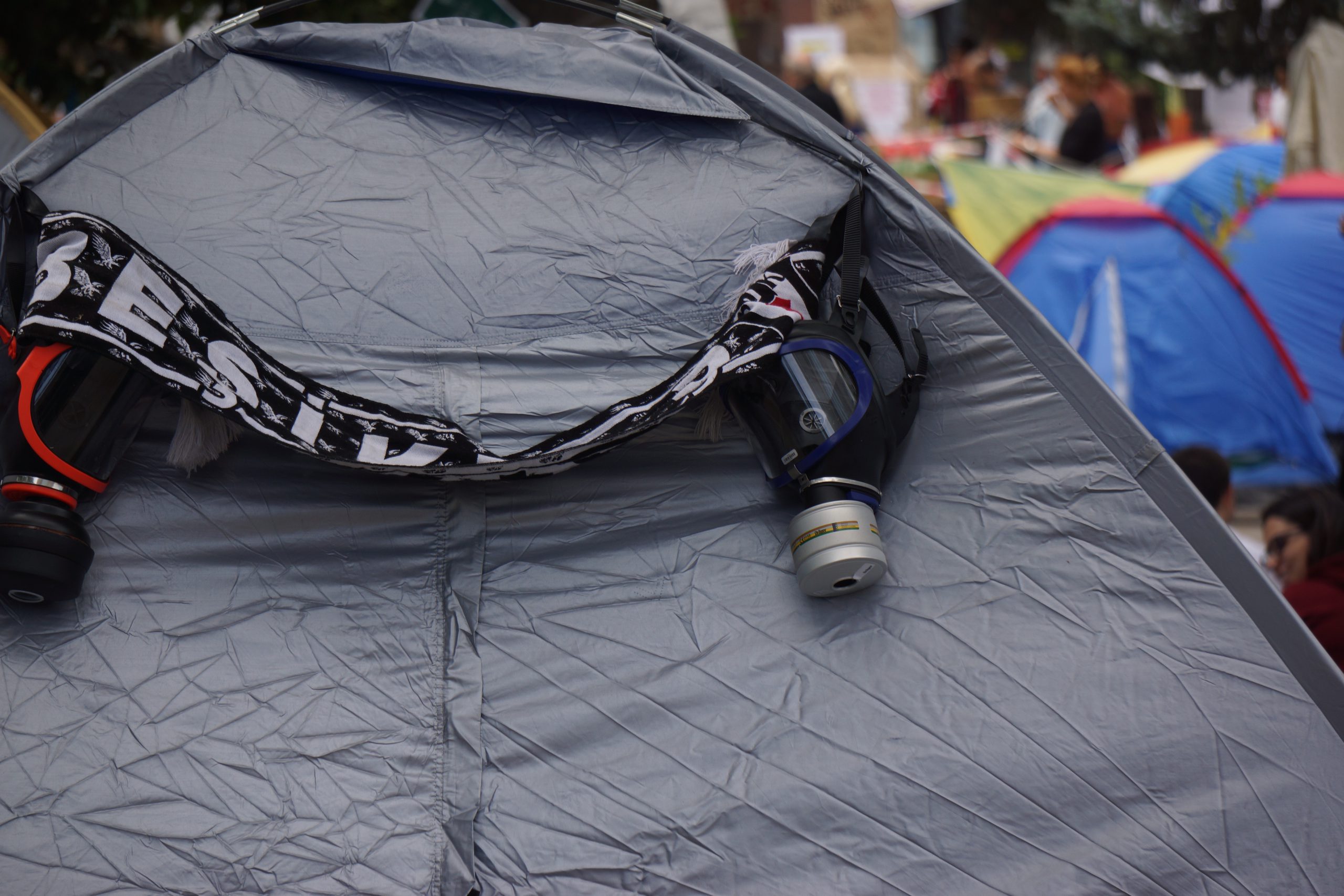
Gas masks poised, awaiting the next police assault
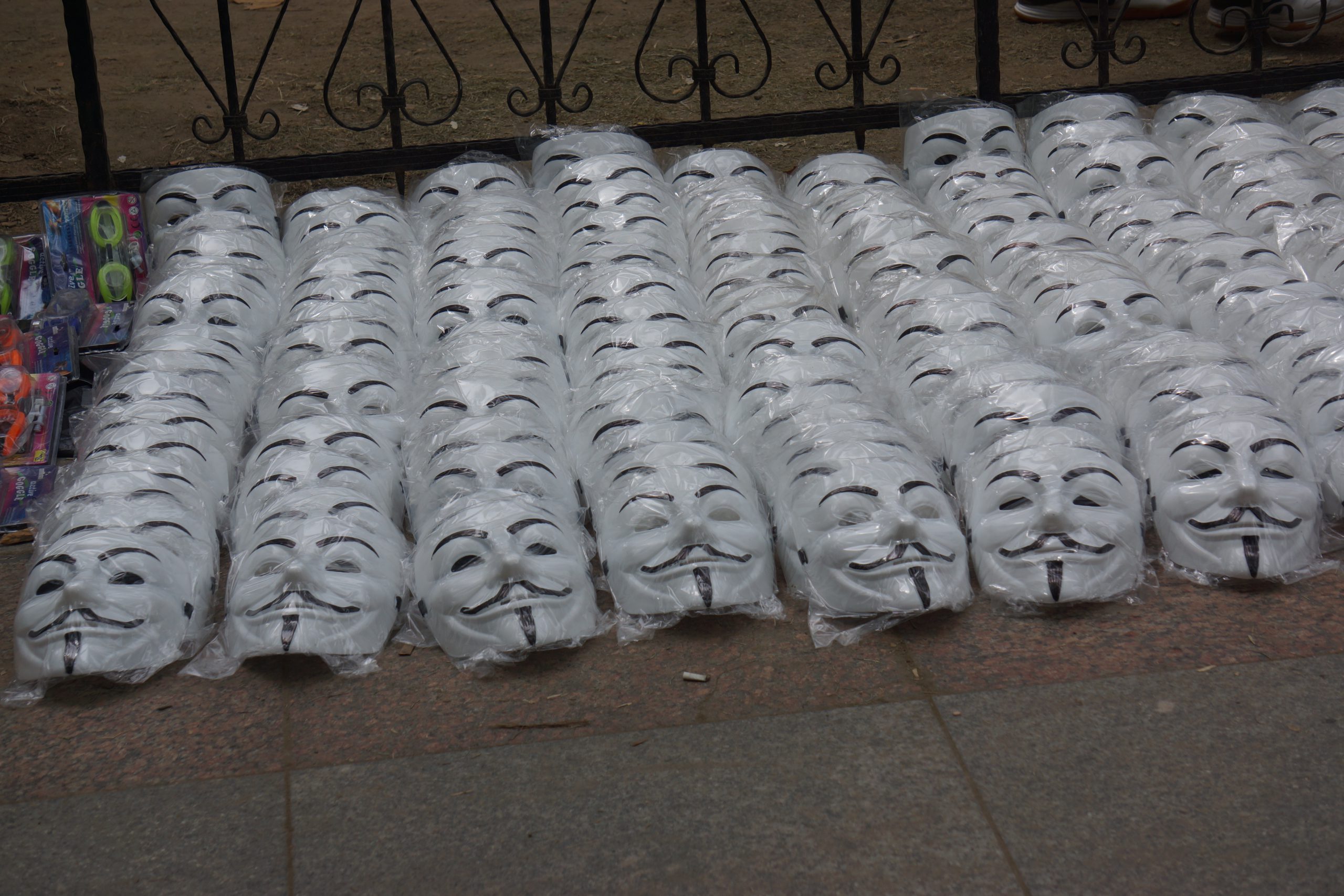
Masks lined up, ready to hide identities

